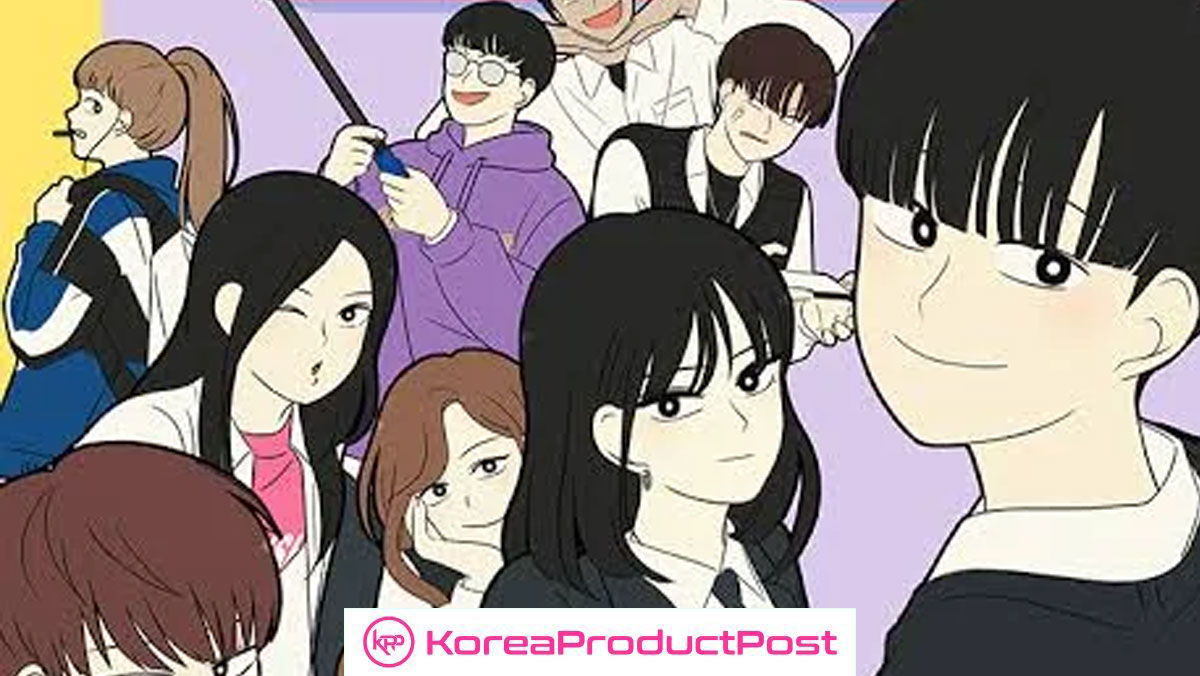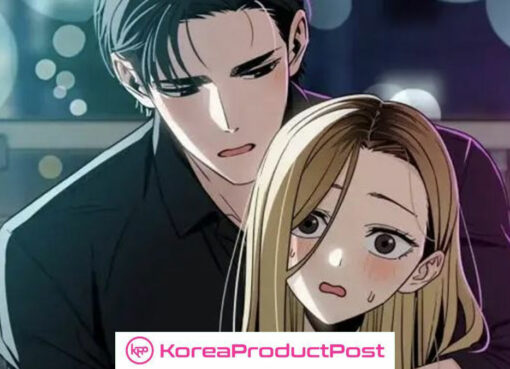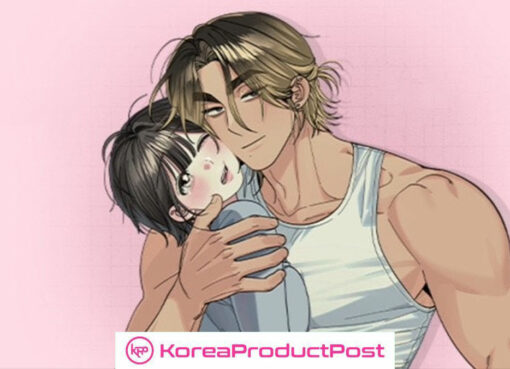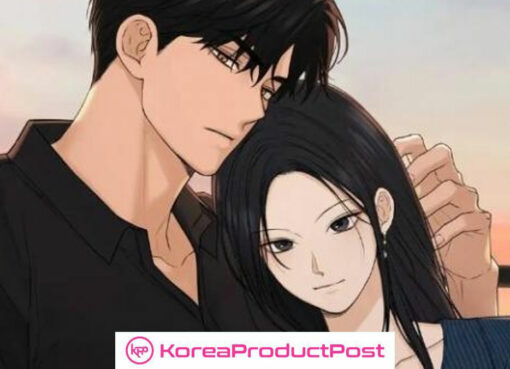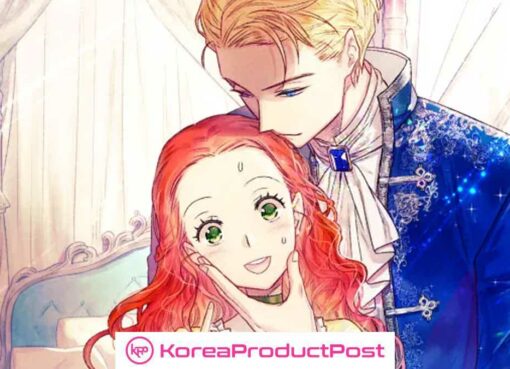Welcome to a discussion that’s guaranteed to be a lot more intriguing! Why? Because we’re going to invite you to rewind, back to September 2013. School uniforms, lollipop phones, and neon KakaoTalk themes were part of daily life trends—and every Thursday night, one webtoon ruled the screen: “Love Revolution”. What began as a cute, comedic love story soon spiraled into something more complicated. And today, we’re going to invite you to a walk down the journey of “Love Revolution” webtoon with everything explained: characters, storyline, controversy, and where to read it today.
And later on, you will see how “Love Revolution” will serve as a digital coming-of-age relic, a mirror to youth culture, and a layered document of what it means to grow up messy, stubborn, and deeply human.
The 10-Year Evolution of “Love Revolution” Webtoon
Originally created by the elusive writer-artist known as 232, “Love Revolution” made its debut on Naver Webtoon in 2013. Afterward, the series officially wrapped in 2023, completing a decade-long run with more than 430 episodes.
Since then, it has been compiled into 38 print volumes, completed across regional releases through 2024, adapted into a live-action drama, turned into a mobile game, and translated into over eight languages—cementing its status as a globally recognized title.
At the heart of this long-running series is a deceptively simple story: a high school boy falls in love with the most emotionally distant girl in his class. But what seemed like a lighthearted teen romance gradually transformed into something deeper.
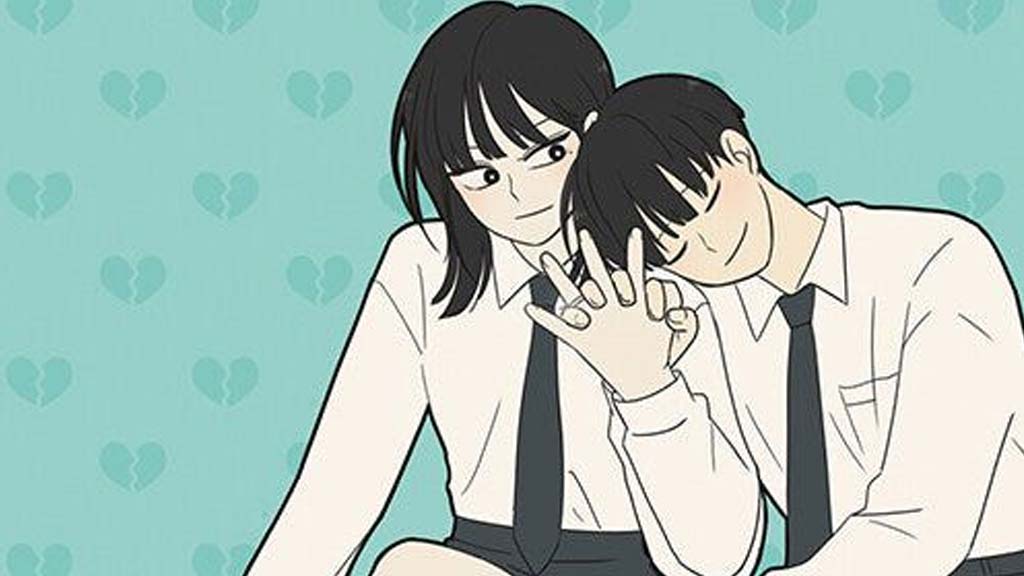
Over time, “Love Revolution” moved away from its original gag-driven format and evolved into a layered narrative exploring insecurity, personal trauma, and emotional boundaries.
Each season captured a distinct emotional phase. Season 1 was playful, filled with quick laughs and relatable school moments. Season 2 started to peel back the layers, offering moments of introspection and quiet heartbreak. By Season 3, the webtoon had fully embraced a darker, more complex tone—one that felt closer to psychological drama than romantic comedy.
This shift drew both admiration and frustration. For some, it was a bold step in storytelling. For others, it was a jarring departure from the charm that made the series so beloved in the first place.
Wang Ja Rim, Gong Joo Young: All the “Love Revolution” Webtoon Characters We Couldn’t Let Go
If you take a closer look at the characters in “Love Revolution”, there will be some of you who might feel disappointed as the story went—but here are the explained reasons.
The characters in “Love Revolution” webtoon were never meant to be perfect. Unlike the polished leads often found in romantic series, these characters felt painfully real—and sometimes, that realism hit a little too close to home.
Gong Joo Young, the cheerful and ever-devoted boyfriend, begins the story as the embodiment of soft, innocent love. But as time goes on, his unwavering affection starts to feel suffocating. Beneath the surface, his deep-seated insecurities make him more fragile than he appears.
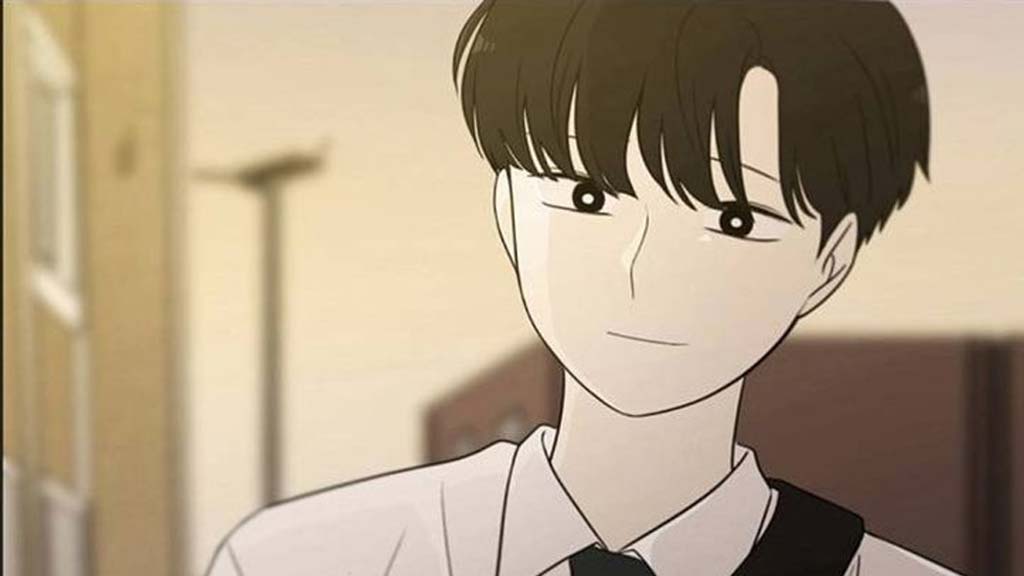
Then there’s Wang Ja Rim, whose cold, emotionally distant nature made her one of the most polarizing figures in the entire series. While some readers admired her quiet resilience, others criticized her for being unresponsive and harsh—especially as the relationship dynamics grew more complicated.
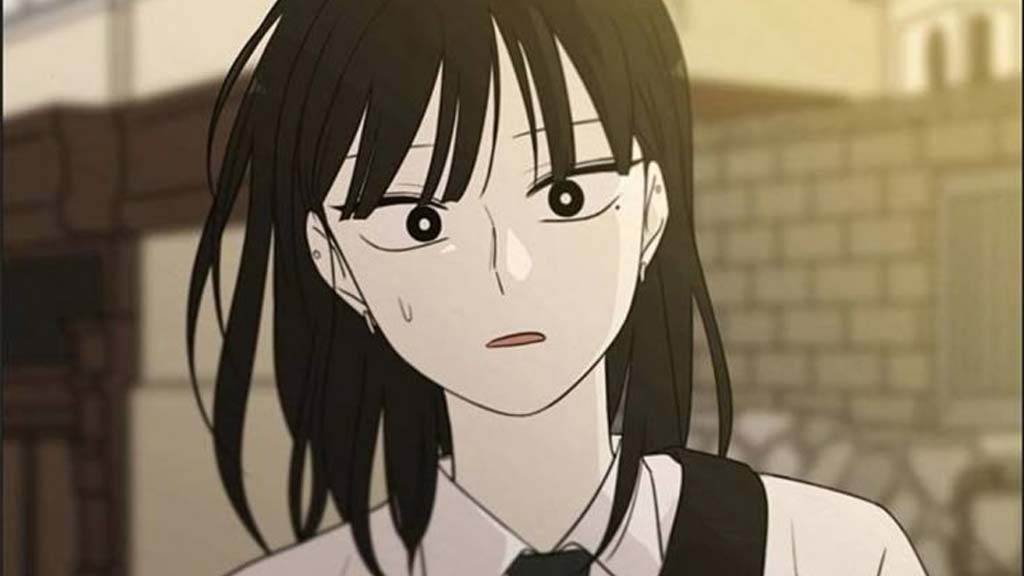
Their imperfect chemistry ignited fierce online debates: Who was in the wrong during each conflict? Who failed to grow? Who deserved empathy—and who didn’t? These weren’t just fan discussions. They were emotional reckonings playing out in real time.
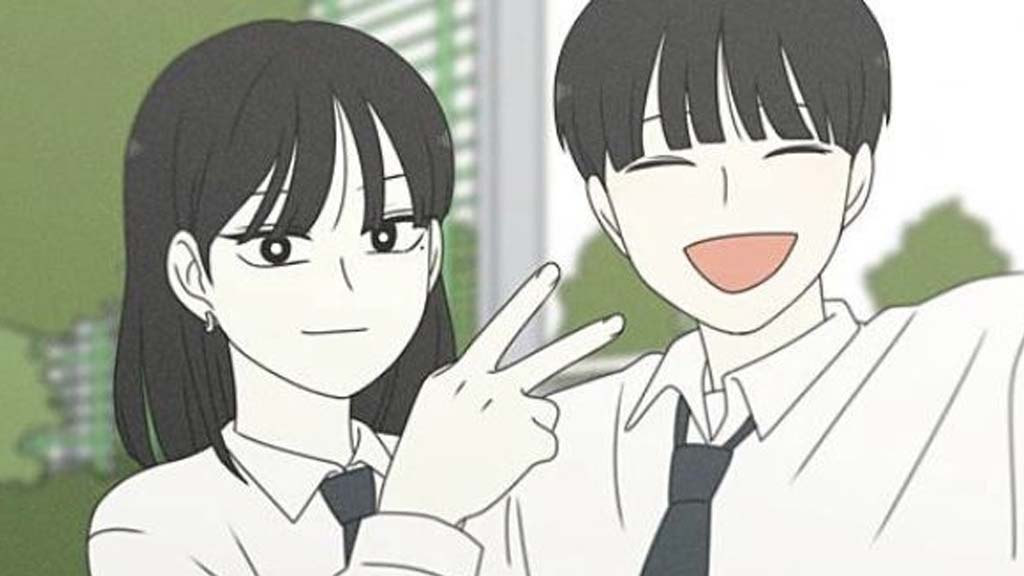
And just when readers thought the discourse had peaked, Yang Min Ji stepped into the spotlight.
Once a minor character, she quickly became the most disruptive figure in the story. Her arc triggered so much disagreement that fans split into factions—like “Minjipa” and “Yangpokdo”—each defending or attacking her with intense loyalty.
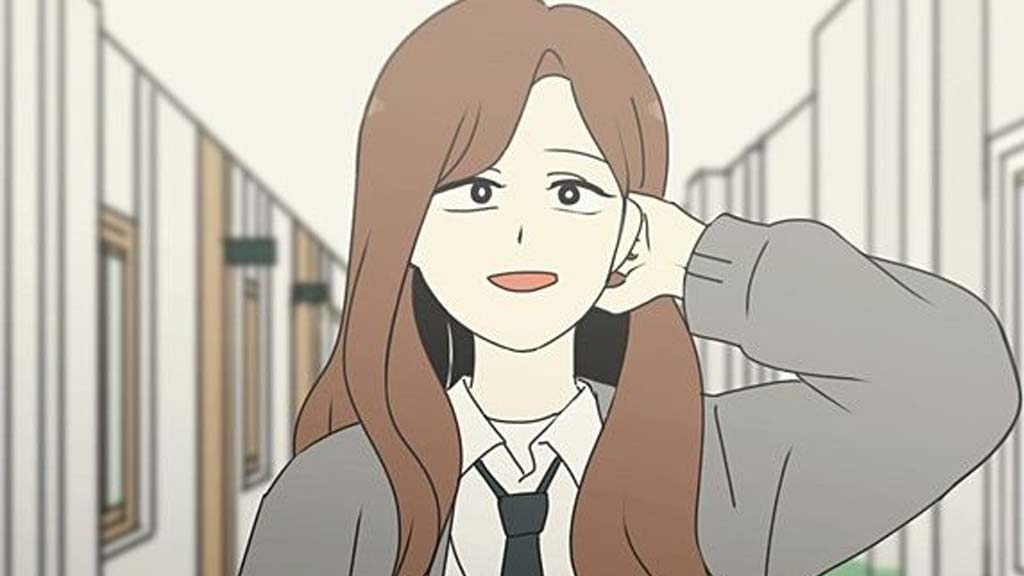
With every new episode, battle lines were redrawn, and the webtoon’s comment sections turned into a cultural war zone.
“Love Revolution” Characters Controversy Explained
Now, here’s where the characters controversy of “Love Revolution” explained. But you must know first that the brilliance of the “Love Revolution” webtoon characters lies in how unapologetically imperfect they are.
Characters in “Love Revolution” webtoon don’t follow the typical arc where a “bad” person learns their lesson and changes. They don’t even follow those cliché plot where a couple fights but always makes up in a predictable, feel-good way.
Instead, these characters often make selfish choices, repeat mistakes, and grow in ways that feel uncomfortable or incomplete.
Take Gong Joo Young, for example. He starts off as the perfect softboy—loyal, affectionate, easy to root for. But over time, his deep need for validation turns clingy and emotionally fragile. At the same time, Wang Ja Rim, cold and distant in the beginning, doesn’t magically become warm or expressive, even after seasons of being in a relationship. Her emotional growth is subtle, slow, and often misunderstood.
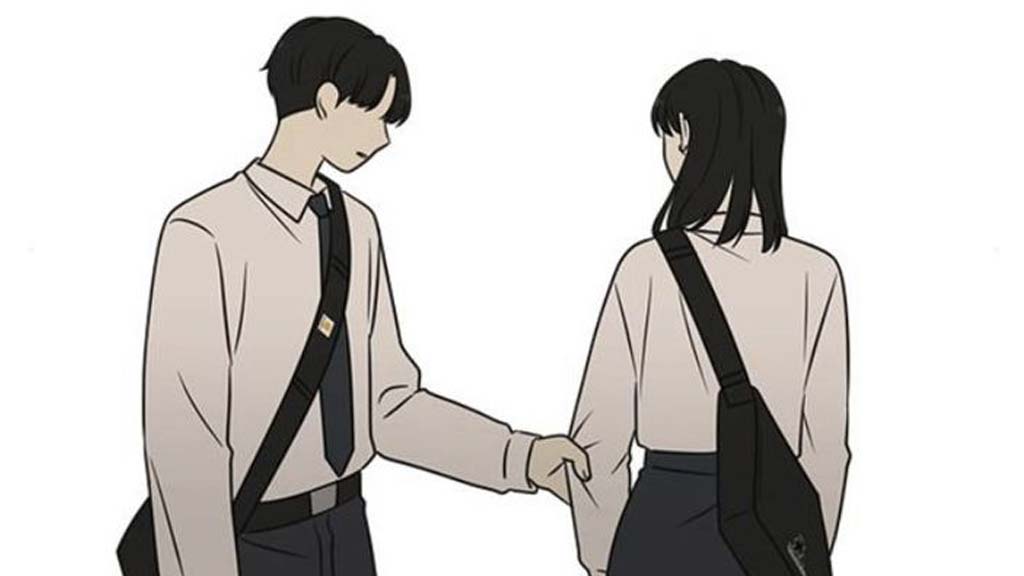
In many other webtoons or dramas, characters are given a redemption arc that neatly explains and resolves their flaws. But in “Love Revolution”, some never get that moment. And that’s exactly what made them unforgettable. These weren’t fantasy characters crafted to be liked—they were real enough to be argued about.
And in a digital culture where audiences often expect quick resolutions, clean endings, and morally “safe” storylines, that refusal to conform to expectations created a friction that fans couldn’t stop talking about.
So, love them or hate them, “Love Revolution” characters stayed with you—because they felt like someone you’ve known, someone you’ve been, or someone you never quite figured out.
When the Drama Isn’t Fiction: Controversy, Hiatuses, and Criticism
The “Love Revolution” webtoon didn’t just unfold within its panels. It also exploded in its comment sections. Over time, the webtoon became one of Naver’s most hotly debated series, and not just because of its plot twists or love triangles.
Repetitive Storytelling
One of the longest-running criticisms was its tendency toward repetitive storytelling. Readers pointed out how character development often reset—especially for Wang Ja-rim, whose cold, distant personality appeared to regress season after season. Instead of evolving, some characters seemed caught in emotional loops that frustrated even the most loyal fans..
Glorification of Iljin (Bullies/Delinquent)
The webtoon was also accused of glorifying Iljin (delinquent) culture. Several characters with violent or bullying histories were framed with sympathetic backstories and rarely held accountable in ways readers found satisfying.
This was especially true in the case of Lee Kyung Woo, whose transformation arc sparked an industry-wide debate: where is the line between emotional realism and dangerous romanticization?
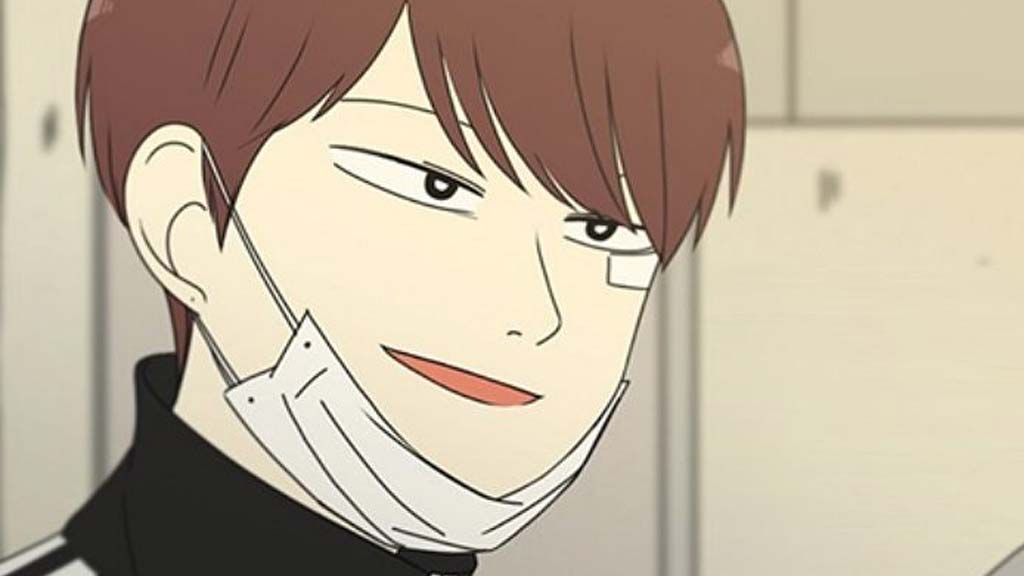
Stamping Controversy
Then there was the infamous “stamping” controversy. As the cast of characters expanded, readers began criticizing the artwork for recycling faces. Many side characters looked indistinguishable without context clues like hairstyle or clothing—making some episodes visually confusing. For a series that thrived on emotional depth, this perceived lack of visual care felt like a letdown.
Inconsistent Updates
But perhaps nothing stirred more reader unrest than the increasing number of hiatuses. Episodes were often delayed during emotionally pivotal arcs, frustrating fans who felt their emotional investment was being taken for granted. As the webtoon reached its final years, these gaps in updates eroded trust in pacing—and ultimately, in payoff.
And yet, despite every complaint, “Love Revolution” never lost its grip. In 2023, during its emotionally loaded final arc, it dethroned even “Lookism,” one of the most popular series at the time. And this has proved that even with all its imperfections, “Love Revolution” remained one of the most talked-about webtoons of its generation..
Game, Drama, and the Whole Universe – Where to Read the Original Webtoon?
If you’re new to the “Love Revolution” webtoon and wondering where to start—there’s a whole universe waiting for you.
You can read “Love Revolution” webtoon on Naver Comic. The entire series, including special episodes and an extended emotional epilogue that brought the series to a close, is available digitally. A physical print edition of 38 volumes was completed in 2024 for collectors.
In 2020, “Love Revolution” was adapted into a live-action drama by KakaoTV, covering the early chapters with a fresh, youth-oriented cast.
A mobile game—”Love Revolution”: Find It!—was released in 2021, turning story moments into puzzle challenges.
There’s even an OST featuring TXT, blending K-pop with webtoon nostalgia.
In short, “Love Revolution” isn’t just something you read. It’s something you live in. You can wear it, hear it, and even play it.
So Why Did “Love Revolution” Matter So Much? – The Webtoon Explained
To understand “Love Revolution” webtoon and characters you need to see it as more than a school romance explained.
This masterpiece is a document of digital adolescence, serialized across a decade that saw KakaoTalk replace notebooks, YouTube replace after-school TV, and webtoons become South Korea’s most consumed form of literature.
At its best, it held up a mirror to real teenage experiences—conflict, jealousy, growth, and messiness included. At its worst, it frustrated fans with stalled plotlines and unresolved tension.

And yet, that tension might be why it remains so talked about. “Love Revolution” didn’t wrap up its characters with neat bows. It let them linger, just like real people often do.
For Gen Z and early millennials in Korea, “Love Revolution” wasn’t just your ordinary webtoon. It was a weekly ritual, a cultural checkpoint, and sometimes a battle ground. It taught readers how to love, how to hate, and how to let go.
Where to Read “Love Revolution” Webtoon Today—and Why You Should!
In the end, do NOT expect “Love Revolution” to give you that perfect love or clean endings. You will be facing teenage chaos you might still carry with you—the kind that stings, stays, and sometimes circles back years later once you read the original “Love Revolution” webtoon.
So, if you’ve never read it, now’s the time. And if you’ve already lived through the chaos, maybe it’s time to revisit it—not to relive the drama, but to see how far you’ve come.
Now, still wondering where to read “Love Revolution” webtoon? Every chapter, including the full epilogue, is available on Naver Comic. The official English version is not yet available, so you can temporarily read via Mangago.
But please remember to read the official English version of “Love Revolution” webtoon once it’s released. Supporting the original work means supporting the artist, the creative team, and the future of quality webtoons.
If you’re looking to promote your products and connect with international buyers, please don’t hesitate to contact us.
Join us on an exciting journey to explore the vibrant world of Korean lifestyle – from the latest beauty tips to the hottest tech and so much more on Facebook, Twitter, LinkedIn, and Flipboard.



